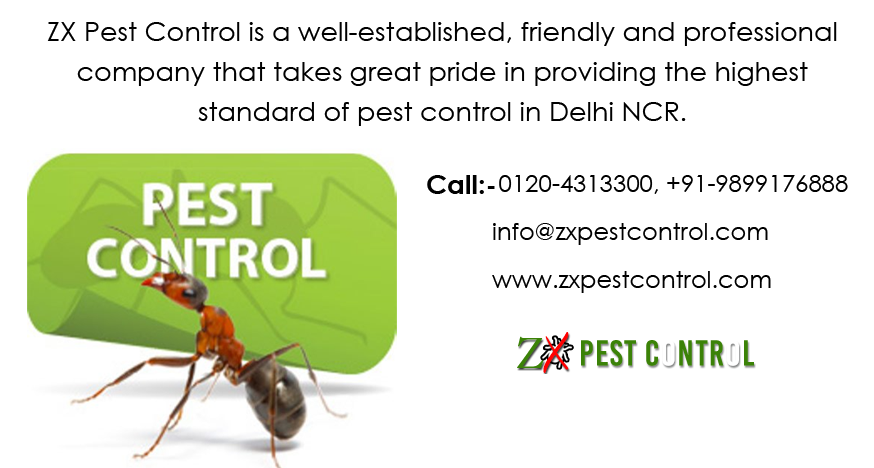The Hitchhiker’s Guide to Diatomaceous Earth
Most people’s first reaction upon realising that they have a pest problem is to try their hand at every possible method of treatment that is at their disposal in a bid to get rid of the menace at the earliest. From buying cans of off-the-shelf pesticides, and washing linens and clothing in hot water to feverishly reading through online pest control forums and portals, home owners and property owners leave no stone unturned when it comes to shielding their places from the wrath of these vermin.
While a lot of these do-it-yourself tools and techniques tend to have variable results, there does exist one product in particular that never fails to deliver- Diatomaceous Earth. When applied under the expert guidance of professional pest control services, diatomaceous earth can act as an extremely effective natural pest control measure.
What is Diatomaceous Earth?
Mined from ancient lakes and riverbeds, diatomaceous earth (DE) is actually the fossilised remains of prehistoric and freshwater phytoplankton or algae. The origin of DE can be traced back to the presence of single celled creature called diatoms that used to form skeletons composed entirely of silica. Over years, as these creatures died and piled on top of one another, their exoskeletons compressed to give way to the sedimentary rock diatomite.
Upon mining, this crumbly rock results in the formation of the fine white or off-white powder that is distributed in the market. Known for its abrasive nature, various versions of the product can be seen in certain consumer products as well. In fact, it was the discovery of its abrasiveness that prompted companies to add it to polishes and toothpastes. Initially, it was used industrially as a component of dynamite. Nowadays, besides being used in grain storage and boat epoxy, it is frequently used by home and garden owners as a natural pest control measure.
Colour and Types
Diatomaceous earth is found in a wide variety of colours and types on the basis of regional differences of diatomite deposits that occur all across the world. Its colour spectrum varies from light grey to brown to white. DE is graded by the purity of silica and the quantities of other minerals that are present in it. For instance, in order to be classified as ‘food grade’ DE, it must not contain more than 10mg/kg of arsenic or lead. In the retail market, DE is generally available in two forms, food grade and pool grade. Food grade DE is a freshwater variant of dynamite that is considered safe for topical use and is consumed as a health supplement as well. As it is inexpensive, it is heavily made use of in various pest management strategies. Pool grade DE, on the other hand, is treated or calcined with high heat with the aim of turning the silica dioxide into crystalline silica. Getting in touch with pest control in Noida can help you procure the DE of your choice easily.
How Diatomaceous Earth Works
Even though DE is typically as a regarded as a pesticide under the Pest Control Act, its usefulness is rather mechanical in nature. A microscopic look at the structure of food grade, uncalcined DE would reveal the presence of several tiny hollow cylinders covered in barbs. These barbs serve the purpose of keeping a broad spectrum of pests and termites at bay. When a bug or an insect comes in contact with the powder, the small barbed cylinders pierce the waxy coating that envelopes the insect’s body. The puncture wound that is formed results in the leakage of the body fluid. The porous nature of the powder means that it is absorbent as well. Effectively what the DE does is that, it not only injures the pest but also draws the fluid out of its body which subsequently dries and kills the insect. Although death doesn’t take place immediately upon contact, it does transpire after a short span of time. In case of snails and slugs, one can sprinkle DE on the ground as well as on the plants they consume. This ensures that the sharp edges of the substance cut through them as they slide across it. If left undisturbed, DE tends to be effective within 24 hours itself. However, for better results one is advised to wait for 5 days at the very least.
DE Application Methods
Broadly, there are two methods of applying DE:
Dry method- In this method, one needs to fill a shaker container with DE and then subsequently sprinkle it upon the plants during early mornings or late evenings. Doing so at these hours ensures that the DE stays put on the plants courtesy of the natural moisture or the dew. Make sure to shake the powder on both the leaves as well as the vegetables. Users don’t have to worry about any health consequences for the powder can be easily washed off the plants prior to consumption. Wet method- In this method, one is required to pour four tablespoons of diatomaceous earth into a one-gallon jug filled with water. Once the mixture is completely dissolved, the user can then proceed with spraying it on the plants. While doing so, they need to make sure that the underside of the leaves is attended to as well.
ZX Pest Control is a well-established, friendly and professional company that takes great pride in providing the highest standard of pest control in Delhi NCR. Our mission is to provide pest control in a proficient manner, assuring clients of our dedication to continually enhance customer services regarding client satisfaction, quality and value for money and environmental awareness. Only dedicated work and consistent performance in terms of quality of Pest Control Services and devotion to the given task is what makes us the best in business.

